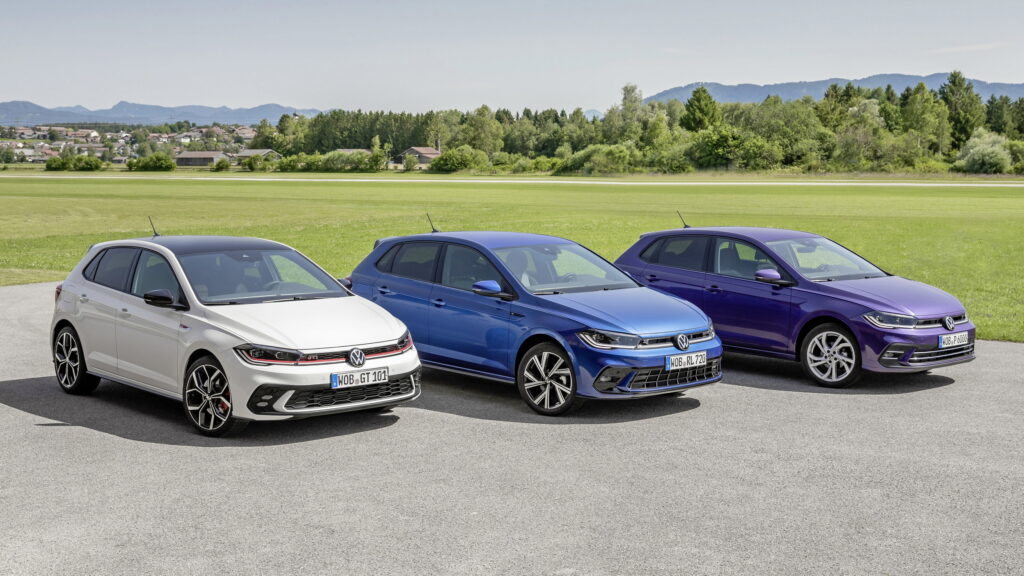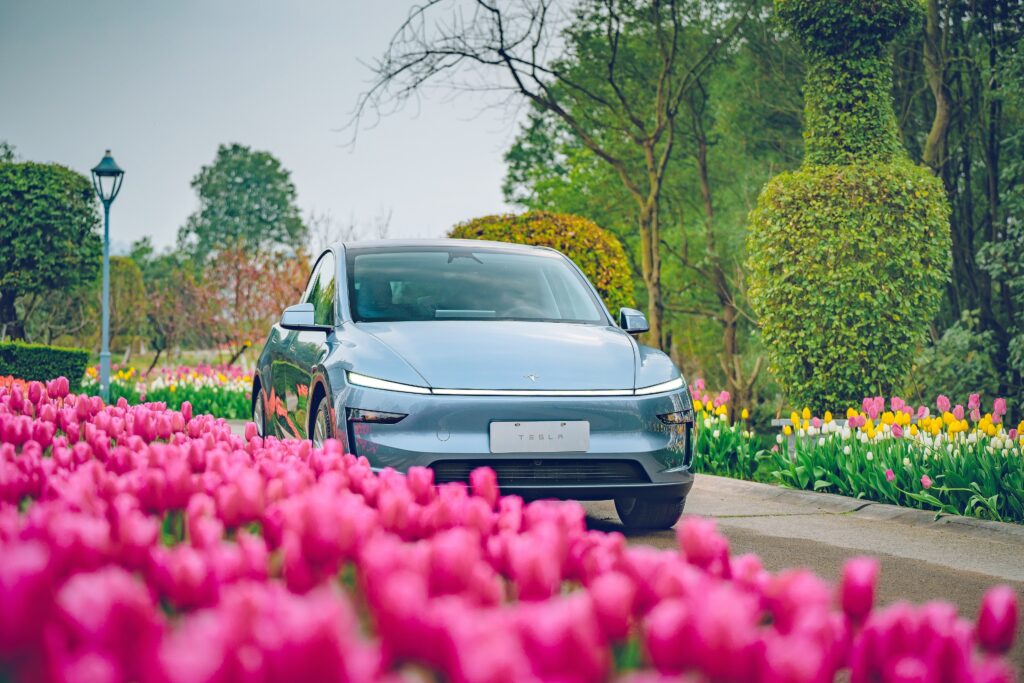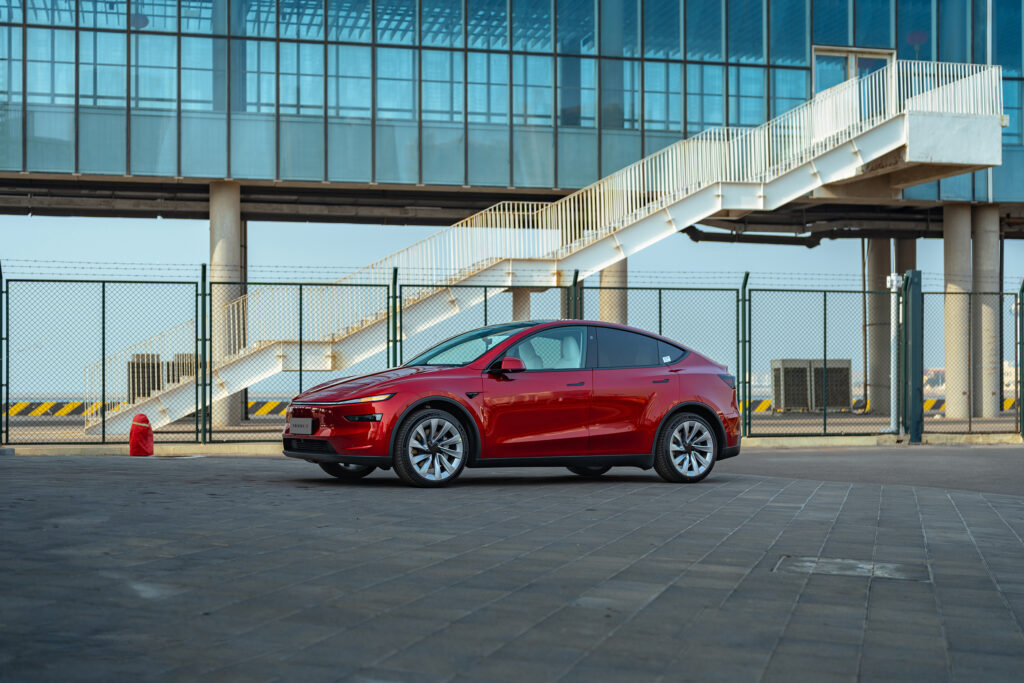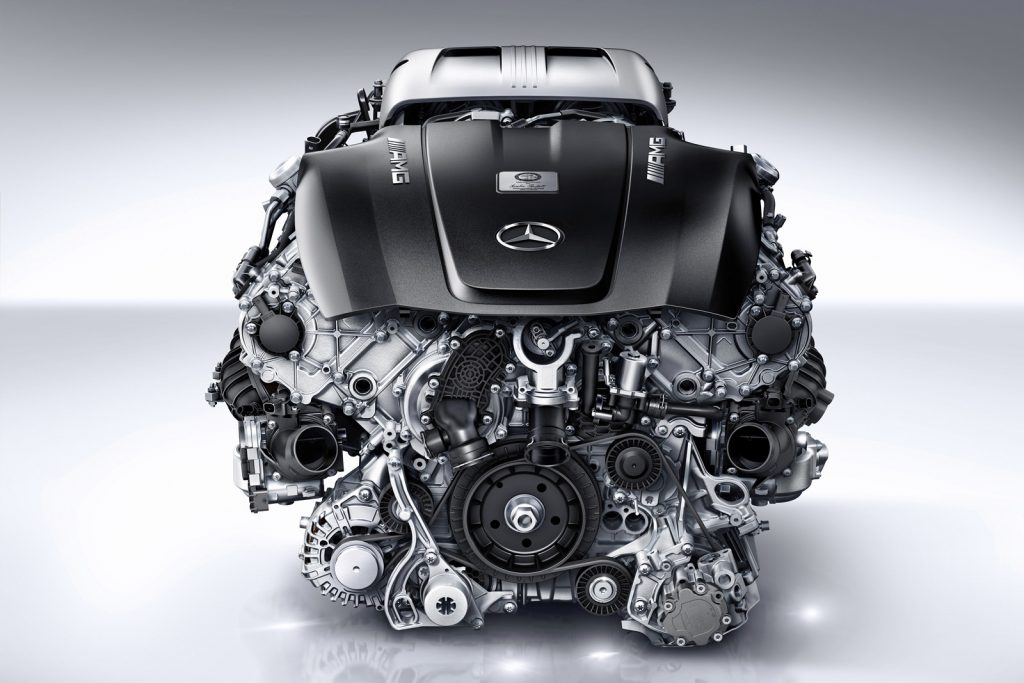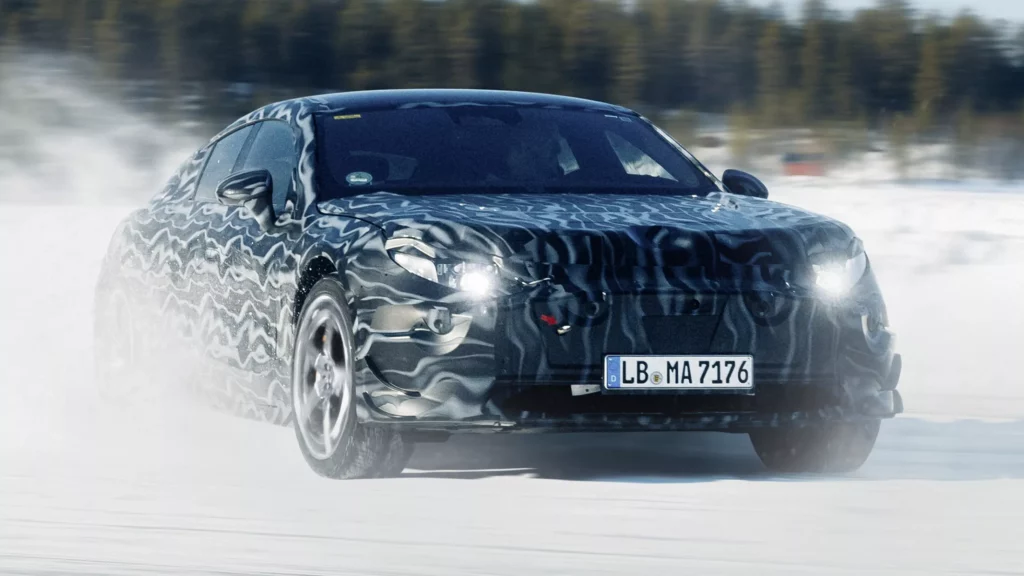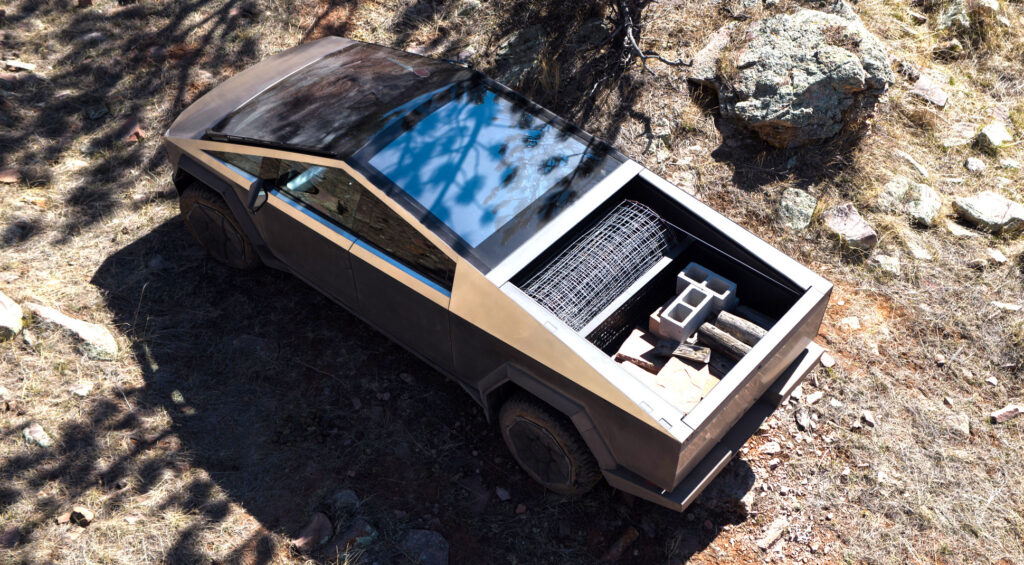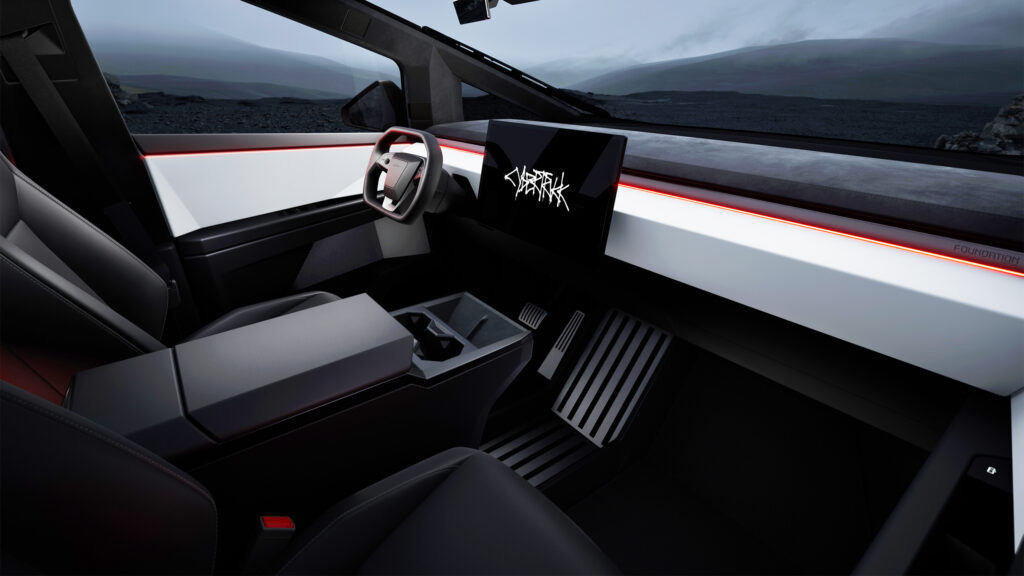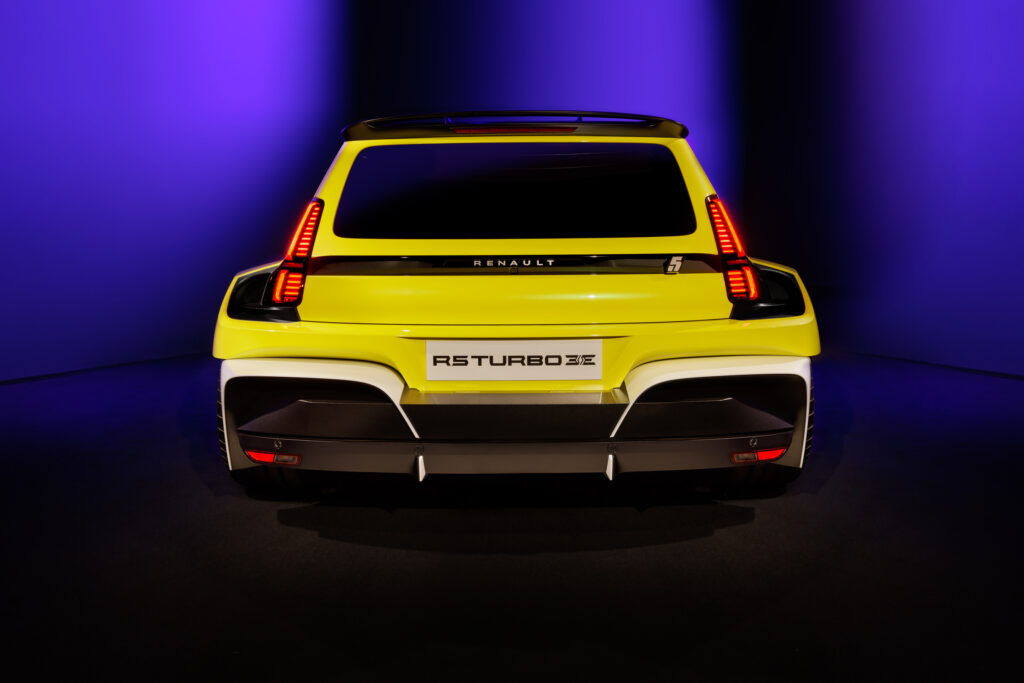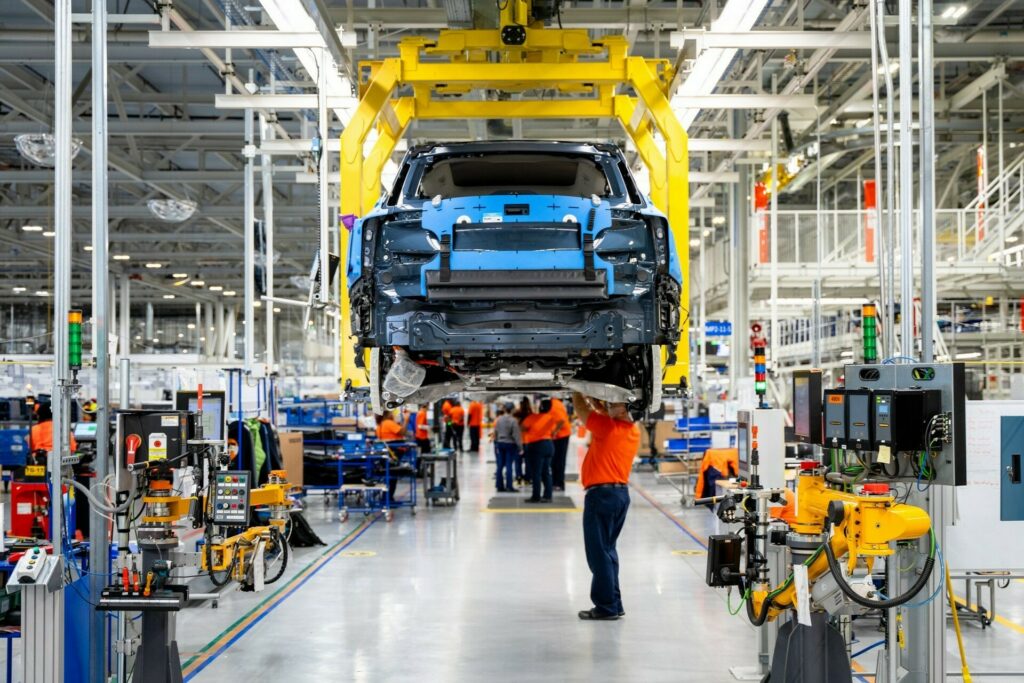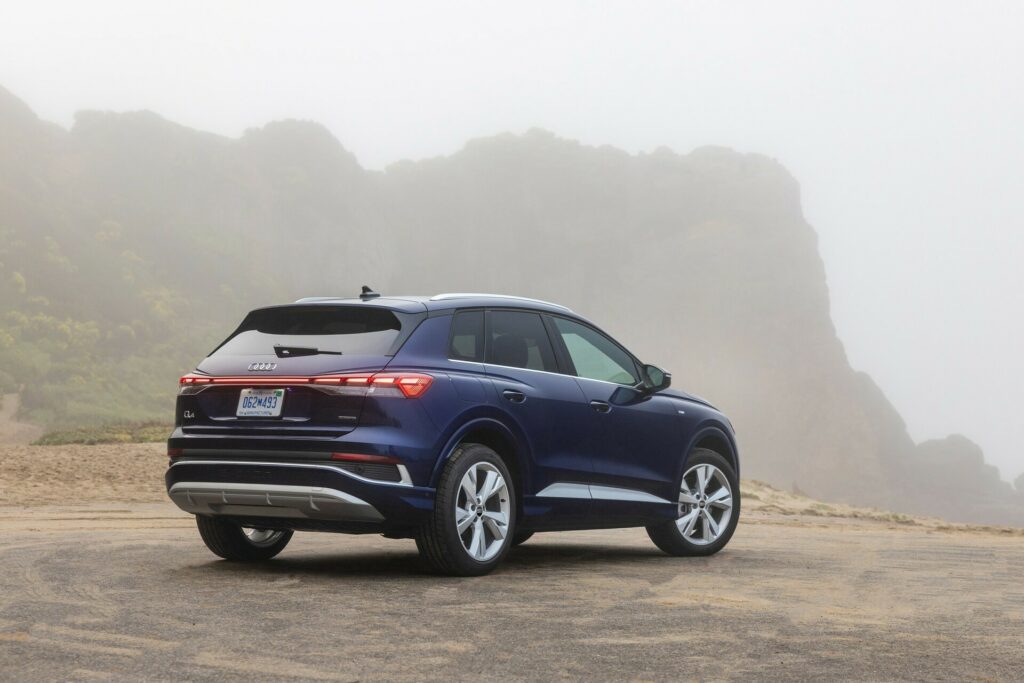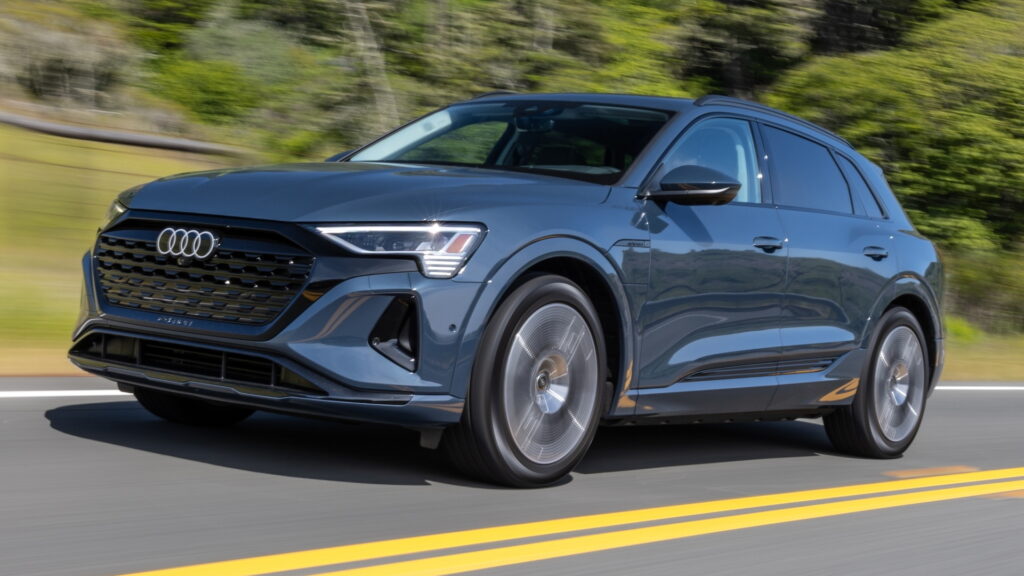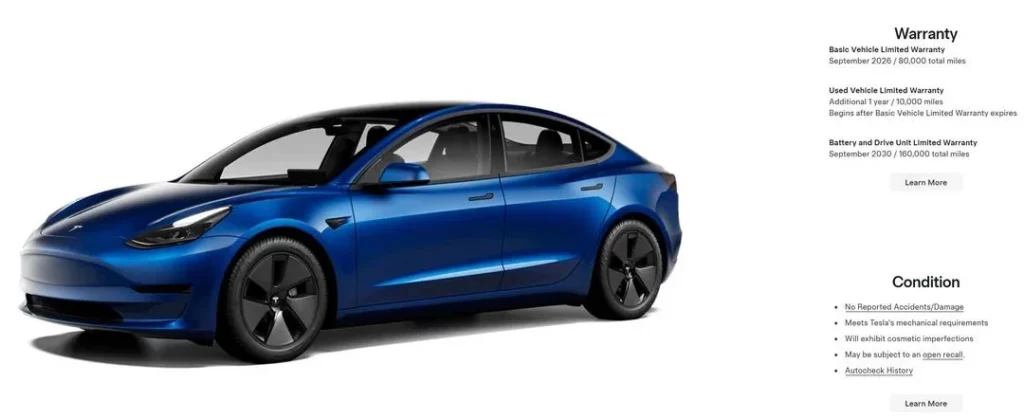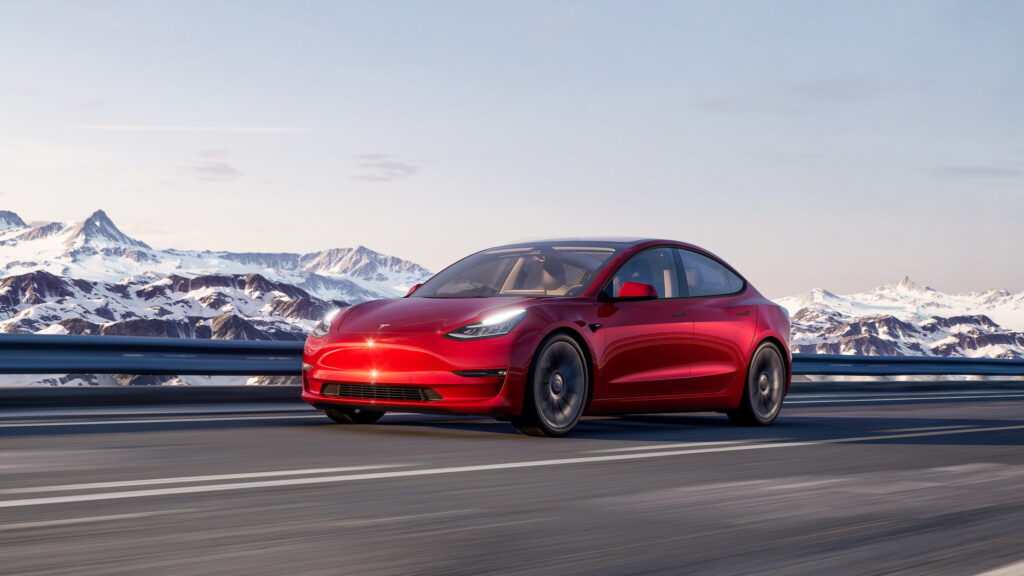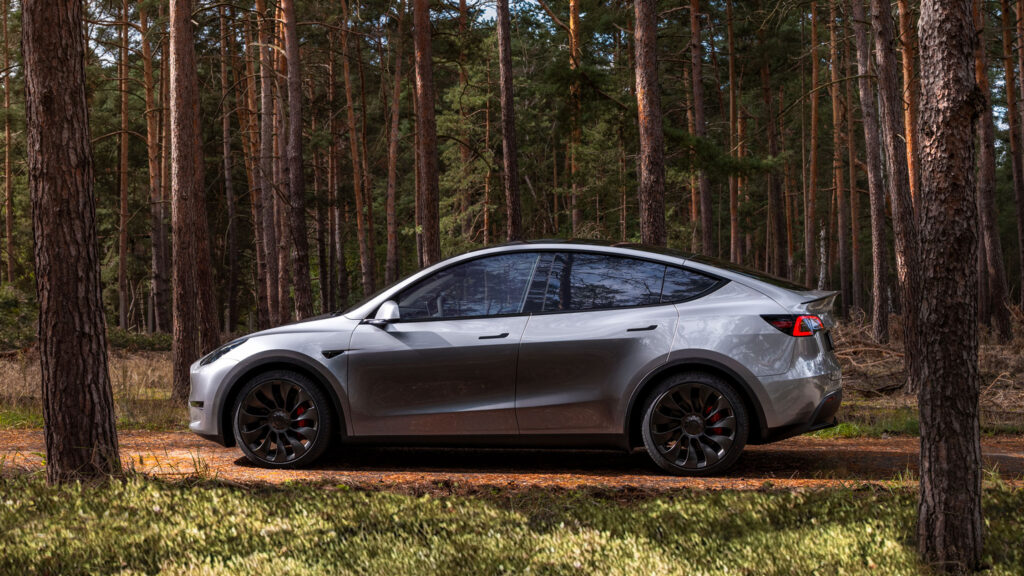Hate Your Cybertruck’s Mirrors? There’s A Delete Kit For That Too

- The first 80 examples of the kit used genuine stainless steel from the Tesla pickup.
- Future versions of the delete kit will be made from aluminum and plastic.
- When Tesla first showed the Cybertruck as a concept, it had no wing mirrors.
Do you own a Tesla Cybertruck but despise the wing mirrors that it comes with? Well, Tesbros has a “solution” for you. They’ve started selling a mirror delete kit for the electric pickup, which will make your vehicle look a little less… conventional. But before you rush to buy one, it’s worth checking whether your state even allows driving without wing mirrors. After all, you might end up with a ticket instead of a cleaner-looking truck.
Many states across the United States require cars to have both left and right wing mirrors, while others require at least one wing mirror. For states where mirrors aren’t explicitly required in local legislation, such as Alabama, Georgia, Iowa, and Montana, this is an intriguing way to make your Cybertruck look a little nicer(?).
Read: Masked Man Allegedly Caught With Tesla Map After Torching Cybertruck
When the mirrors of the Cybertruck are removed, an ugly hole is left behind on the door. Tesbros solution is a small stainless steel plate and a piece of ABS plastic to cover up the mess. The plate’s underside mimics that of the mirror and screws into place, securing it and ensuring it’s sturdy. Tesbros says the kit has been designed to work in all different conditions, including in states like Arizona, where it gets very hot in the summer.
The small piece of stainless steel used has been cut from a scrap Tesla Cybertruck door that Tesbros was able to secure, meaning it matches up nicely. However, they only had enough stainless steel to produce 80 kits, and it seems the entire first batch has already sold out. A future version of the kit, likely made from aluminum, is in development, with a plastic version also under consideration.
The original stainless kit wasn’t exactly a bargain, priced at a staggering $299 for what’s essentially two pieces of stainless steel and two bits of ABS plastic. And just to add a little more drama to the mix, at least one user on the Cybertruck Owners Club reported that after installing the kit, the adhesive holding the ABS piece to the stainless steel gave way, causing it to fly off on the highway. However, they did note that the company sent replacements which appear to be fine.








